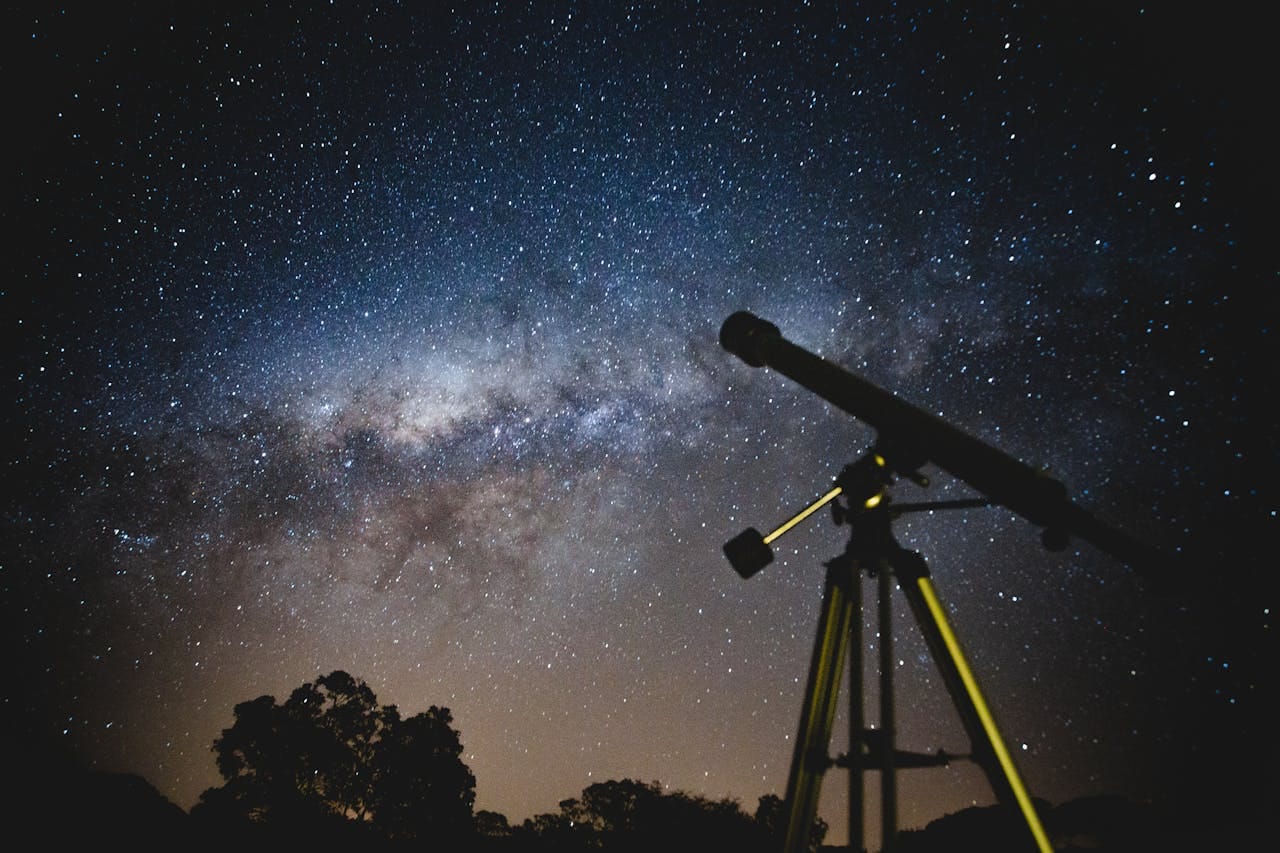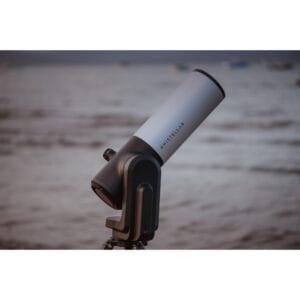Many people ask themselves: “Difference between a stargazer and a telescope: Is there a difference between a stargazer and a telescope?”. Since these terms are often used interchangeably. At their core, both terms refer to the same instrument: an optical tool used to observe objects in the sky. However, there are some nuances and differences in how these terms are used in practice.
Difference between Stargazer and Telescope Explained:
What is a Telescope?
A telescope is an optical instrument used to magnify distant objects and observe them in detail. The word “telescope” is a general term and is used not only for astronomical observations but also for terrestrial observations, such as bird watching or observing ships at sea.
There are three main types of telescopes:
1. Refractor Telescope (Lens Telescope)
This type of telescope uses a lens at the front to focus light and create a magnified image.
✅ Advantages:
✔ Suitable for planets and the moon due to sharp details.
✔ Low maintenance as the lenses don’t need adjustment.
❌ Disadvantages:
✖ Less suitable for deep-sky objects, as they often have a smaller aperture.
✖ Can suffer from color aberrations (chromatic aberration).
2. Reflector Telescope (Mirror Telescope)
Instead of a lens, a reflector uses a concave mirror to collect light.
✅ Advantages:
✔ High light gathering capability, ideal for deep-sky objects like galaxies.
✔ Usually cheaper per centimeter of aperture than refractor telescopes.
❌ Disadvantages:
✖ Needs regular collimation (mirror adjustment).
✖ Larger models can be less portable.
3. Catadioptric Telescope (Combination of Lenses and Mirrors)
This type combines lenses and mirrors to achieve a compact design with excellent image quality.
✅ Advantages:
✔ Very versatile, suitable for both planets and deep-sky.
✔ Compact and portable.
❌ Disadvantages:
✖ More expensive than a comparable reflector.
✖ May be less sharp than a specialized refractor or reflector.
As you can see, not every telescope is automatically a stargazer. Some are better for astronomical observations, while others are also suitable for terrestrial observations.
What is a Stargazer?
A stargazer is specifically designed for astronomical observations. In fact, a stargazer is a type of telescope, but optimized for observing the night sky.
What makes a telescope a stargazer?
- A large lens or mirror to capture as much light as possible.
- An astronomical mount that allows you to smoothly track objects as they move across the sky.
- Usually no erecting prism, which means the image is inverted (which isn’t an issue for stargazing).
Stargazers can be either refractors, reflectors, or catadioptric telescopes.
Difference between Stargazer and Telescope: the Real Technical Differences
| Feature | Telescope (general) | Stargazer |
|---|---|---|
| Use | Both astronomical and terrestrial observations | Only for stargazing |
| Optical design | Can have lenses, mirrors, or a combination | Usually designed for maximum light gathering |
| Mount and tripod | Can have a simple tripod | Often has an advanced mount for astronomical use |
| Image orientation | Can provide upright image (with prism system) | Image is often inverted, but this isn’t an issue in astronomy |
A stargazer is therefore always a telescope, but not every telescope is a stargazer.
A telescope that’s also suitable for nature observations often has an erecting prism to provide an upright image. This is not necessary for stargazing, as image orientation in space doesn’t matter.
What Suits You Best?
Choose a stargazer if:
🌌 You want to observe exclusively astronomical objects.
🔭 You need a more advanced mount to track objects properly.
✨ You want a telescope that’s optimized for light gathering and image quality during night viewing.
Choose a general telescope if:
🌍 You want to view terrestrial objects too (like birds or ships).
🔄 You’re looking for a versatile scope suitable for multiple applications.
🏞️ You want a more compact and easily transportable telescope.
If you’re new to stargazing, a Dobsonian telescope is an excellent choice due to its simple operation and high light gathering capability. If you want a small telescope that you can also use during the day, then a refractor with an upright image is a better option.
Frequently Asked Questions about the Difference between a Stargazer and a Telescope
1. Can I use a stargazer during the day?
Not ideal. Since stargazers often don’t have an erecting prism, the images are inverted. Moreover, they aren’t optimized for bright conditions like daylight.
2. What’s better for planets, a stargazer or a telescope?
A stargazer with a long focal length and high optical quality is best for planets. Consider refractors and catadioptric telescopes.
3. Is binoculars also a telescope?
Technically yes, but binoculars have much lower magnification and light gathering capability. For wide-field views and simple observations, binoculars are fine, but for real detailed observation of planets and deep-sky objects, a stargazer is better.
Conclusion: What is the Difference between a Stargazer and a Telescope?
✔ A stargazer is a telescope, but a telescope isn’t always a stargazer.
✔ Stargazers are optimized for astronomical observations and usually have an advanced mount.
✔ Telescopes can also be used for terrestrial observations, depending on their design.
✔ For pure stargazing, a telescope with a large aperture and good stability is best.
Think carefully about what you want to observe and choose a scope that matches your needs!





